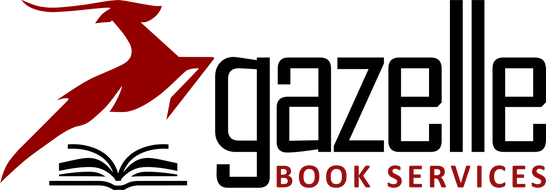
Olive Oil
Global Commerce, Competition & ConsumptionIn Stock
ISBN: 9781629485010
Hardback
292 Pages
Subjects:
Agriculture & farming

Global demand for and consumption of olive oil has increased significantly since the 1990s. While the United States and other "New World" players, such as Australia, Argentina, and Chile, have emerged as both producers and consumers, countries in the European Union (EU) and North Africa still dominate global production, consumption, and trade. Almost 60 percent of global exports by volume were intra-EU trade flows during 2008-12. The largest bilateral trade flows during this period were Spanish exports of olive oil to Italy, where large multinational companies source oil from around the world, blend and bottle it, and then re-export the final product to third-country markets, including the United States. The benchmark for international standards for determining the grade of an olive oil are set by the International Olive Council. Findings suggest that the current standards for extra virgin olive oil are widely unenforced and allow a wide range of olive oil qualities to be marketed as extra virgin. Broad and unenforced standards can lead to adulterated and mislabelled product, weakening the competitiveness of high-quality U.S.-produced olive oil in the U.S. market. In addition, many U.S. consumers are unable to distinguish quality differences and, as a result, gravitate toward less costly oils, giving an advantage to large bottlers that sell low-cost imported product. This book describes and analyses the factors affecting competition between the United States and major olive oil producing countries. It provides: (a) an overview of global production, consumption, exports, and imports during 2008-12 and 2013 where available; (b) an analysis of the factors impacting consumption in the U.S. market; (c) profiles of the olive oil industries in the United States and other major producing countries; and (d) an examination of competition between firms and countries in both the global and U.S. market.
We understand the importance of accessibility for all of our customers, including those with disabilities. While our website may not currently meet the Web Content Accessibility Guidelines (WCAG) 2.1, Level AA, we are actively working towards compliance and constantly seeking ways to improve the user experience for all of our customers.
To that end, we have implemented a variety of accessibility tools provided by third-party app, AppifyCommerce. These tools include features such as keyboard navigation, high contrast mode, font resizing, and alternative text for images read focus, various cursor sizes. We have also incorporated tools to help with visual impairments, such as screen readers and text-to-speech functionality.
In addition to these technical solutions, we have also made a commitment to providing clear and easy-to-understand information on our website. This includes using simple and straightforward language, providing alternative text for images and videos, and including clear and detailed product descriptions.
We understand that accessibility is an ongoing effort and that there may be areas of our website that are not fully accessible. If you have any difficulty accessing our website or have any suggestions for improvements, please contact us at [email or phone number]. We will make every effort to respond to your request as soon as possible and work towards resolving any issues you may have encountered.
We also strive to provide equal access to our products and services, including our online store and customer service channels. So, we are always open to feedback, suggestions, and ideas on how we can continue to improve accessibility on our website and in all aspects of our business.
Our ultimate goal is to ensure that all of our customers, regardless of ability, have a positive and seamless experience when visiting our website and purchasing from our store. Thank you for visiting our store and for your patience as we continue to work towards full compliance with the WCAG guidelines.
